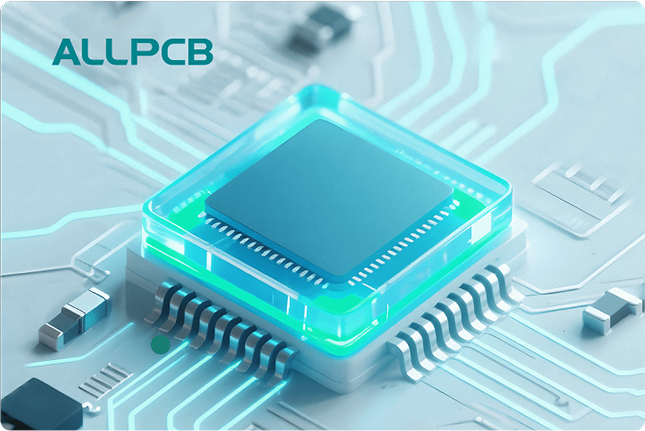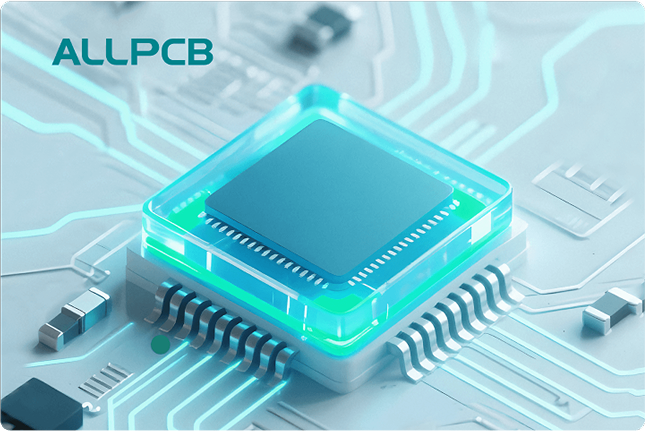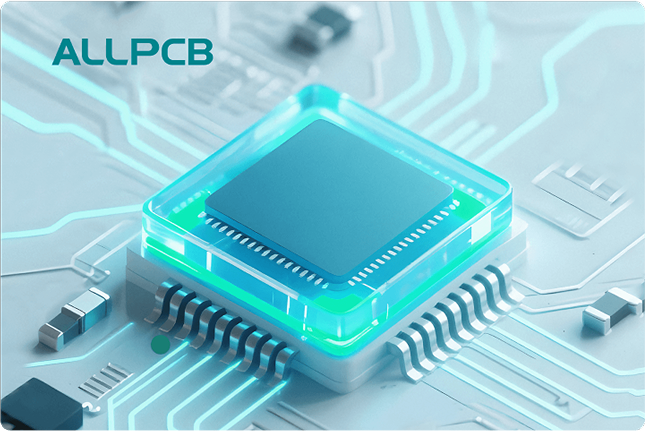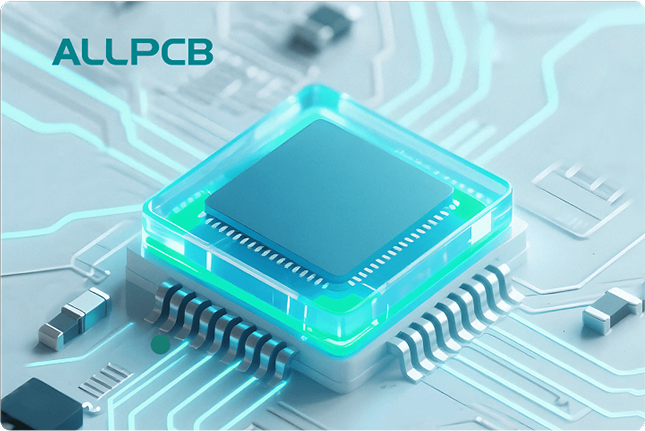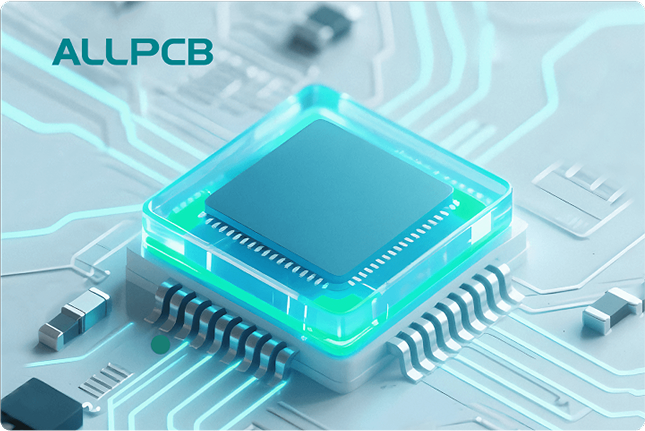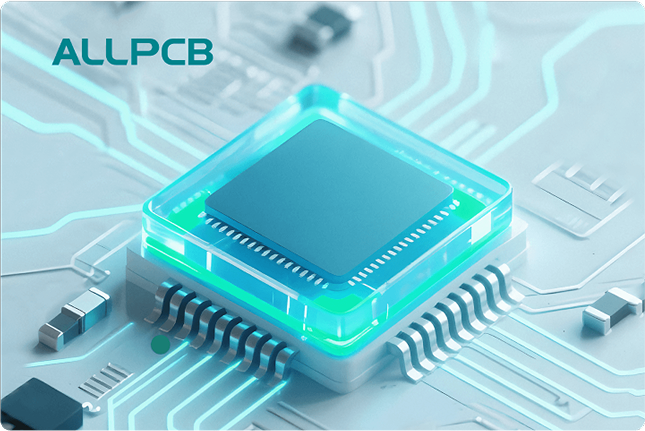Are you struggling to streamline component procurement for PCB assembly? Effective BOM (Bill of Materials) management is the key to optimizing your process, reducing costs, and ensuring timely production. In this comprehensive guide, we’ll dive deep into BOM management software, bill of materials creation, component lifecycle tracking, and BOM analysis to help you achieve efficient PCB assembly. Whether you’re an engineer or a procurement specialist, this guide offers actionable insights to build a robust component database and improve your workflow.
What Is BOM Management and Why Does It Matter for PCB Assembly?
BOM management refers to the process of creating, organizing, and maintaining a detailed list of components, materials, and assemblies required to build a product like a printed circuit board (PCB). A well-managed BOM acts as the backbone of PCB assembly, ensuring that every part is accounted for, sourced correctly, and available when needed. Without proper BOM management, you risk delays, cost overruns, and production errors.
For PCB assembly, BOM management is critical because it directly impacts procurement efficiency, manufacturing timelines, and product quality. A single missing or incorrect component can halt production, leading to significant losses. By leveraging BOM management software and maintaining an accurate component database, you can avoid these pitfalls and ensure a smoother assembly process.

The Components of a Bill of Materials (BOM) for PCB Assembly
A BOM for PCB assembly typically includes detailed information about each component required for the board. Here are the key elements that should be part of any BOM:
- Part Number: A unique identifier for each component, ensuring accurate sourcing.
- Description: A brief note about the component, such as “10kΩ resistor, 1/4W.”
- Quantity: The number of units needed for the assembly.
- Reference Designator: Links the component to its position on the PCB layout (e.g., R1, C2).
- Manufacturer and Supplier Information: Details about where to source the component.
- Footprint and Specifications: Physical and electrical characteristics, like package size or voltage rating (e.g., 3.3V capacitor).
Having this level of detail in your BOM minimizes errors during procurement and assembly. For instance, specifying a capacitor’s exact voltage rating (e.g., 16V vs. 25V) ensures compatibility with your design’s impedance requirements, which might operate at specific signal speeds like 480 Mbps for USB interfaces.
Challenges in BOM Management for PCB Assembly
Managing a BOM for PCB assembly comes with several challenges that can disrupt production if not addressed:
- Component Obsolescence: Parts may become discontinued during a product’s lifecycle, requiring alternatives.
- Supply Chain Disruptions: Delays or shortages from suppliers can stall assembly.
- Data Inaccuracies: Errors in part numbers or quantities can lead to wrong orders.
- Version Control Issues: Multiple BOM versions can cause confusion among teams.
These issues highlight the importance of using BOM management software and maintaining a centralized component database for real-time updates and collaboration.

How BOM Management Software Transforms PCB Assembly
BOM management software is a game-changer for engineers and procurement teams working on PCB assembly. These tools automate many manual tasks, reduce errors, and provide real-time insights into component availability. Here’s how they help:
- Centralized Data: A single platform stores all BOM data, making it accessible to design, procurement, and manufacturing teams.
- Real-Time Updates: Software tracks component lifecycle changes, alerting you to obsolescence or stock shortages.
- Integration with Design Tools: Many BOM tools sync with PCB design software to automatically generate BOMs from schematics.
- Cost and Supplier Analysis: Compare pricing and availability across multiple suppliers to optimize procurement.
For example, if a specific 1uF capacitor in your BOM becomes unavailable, the software can suggest an alternative with matching specs (e.g., same 50V rating and 0603 footprint) and provide supplier links, saving hours of manual research.
Optimizing Component Procurement with BOM Analysis
BOM analysis involves evaluating your bill of materials to identify potential risks, inefficiencies, and cost-saving opportunities. By analyzing your BOM, you can make data-driven decisions to improve procurement for PCB assembly. Here are some key aspects of BOM analysis:
- Component Lifecycle Monitoring: Track the status of components to avoid using obsolete parts. For instance, if a microcontroller in your design is nearing end-of-life, BOM analysis helps you source a replacement before it’s discontinued.
- Cost Optimization: Identify high-cost components and explore alternatives without compromising quality. A resistor costing $0.10 per unit might have a $0.05 equivalent with the same 1% tolerance.
- Supply Chain Risk Assessment: Analyze supplier reliability and lead times to prevent delays. If a supplier for a critical IC has a 12-week lead time, BOM analysis can help you find a faster source.
Regular BOM analysis ensures that your PCB assembly process remains efficient, cost-effective, and resilient to supply chain challenges.
Building a Robust Component Database for BOM Management
A component database is a centralized repository of information about electronic parts used in your PCB designs. It’s an essential tool for effective BOM management, providing quick access to specs, availability, and sourcing details. Here’s how to build and maintain one:
- Standardize Data Entry: Use consistent formats for part numbers, descriptions, and specifications (e.g., always list resistance in ohms, like 10kΩ).
- Include Lifecycle Information: Tag components as active, nearing obsolescence, or discontinued to plan ahead.
- Update Regularly: Sync with supplier data to reflect current stock levels and pricing. For example, if a 3.3V regulator’s price jumps from $1.20 to $1.50, your database should reflect this instantly.
- Integrate with BOM Tools: Link the database to your BOM management software for seamless data flow.
A well-maintained component database reduces procurement errors and speeds up the BOM creation process, especially for complex PCB assemblies with hundreds of parts.
Best Practices for Component Lifecycle Management in PCB Assembly
Component lifecycle management ensures that the parts in your BOM remain viable throughout your product’s production run. Here are some best practices to follow:
- Monitor Manufacturer Notifications: Stay updated on end-of-life (EOL) announcements for components in your BOM.
- Plan for Replacements: Identify drop-in replacements for critical parts before they become obsolete. For instance, if a 5V voltage regulator is discontinued, have a compatible alternative ready with the same pinout and 500mA current rating.
- Stock Critical Components: Maintain a buffer stock of essential parts with long lead times to avoid production halts.
- Use Lifecycle Tools: Leverage BOM management software to automate lifecycle tracking and receive alerts about potential issues.
Proactive lifecycle management keeps your PCB assembly process uninterrupted, even when supply chain challenges arise.
Steps to Create an Effective Bill of Materials for PCB Assembly
Creating a BOM for PCB assembly requires attention to detail and a structured approach. Follow these steps to build an accurate and useful BOM:
- Extract Data from Design Files: Use your PCB design software to export a preliminary BOM with part numbers and reference designators.
- Verify Component Details: Cross-check specifications like voltage ratings (e.g., 25V for capacitors) and footprints (e.g., 0805 for resistors) to ensure accuracy.
- Add Procurement Information: Include supplier names, part costs, and lead times for each component.
- Review for Completeness: Ensure no parts are missing, especially passive components like resistors or connectors often overlooked.
- Share with Stakeholders: Distribute the BOM to design, procurement, and manufacturing teams for feedback and collaboration.
By following these steps, you create a BOM that serves as a reliable blueprint for PCB assembly, minimizing errors and delays.
How to Choose the Right BOM Management Software
Selecting the right BOM management software can significantly impact your PCB assembly efficiency. Here are factors to consider when choosing a tool:
- User-Friendly Interface: The software should be easy to navigate for all team members, from engineers to procurement staff.
- Integration Capabilities: Ensure it integrates with your PCB design tools and component database for seamless data transfer.
- Real-Time Data Access: Look for features that provide live updates on component availability and pricing.
- Scalability: Choose a solution that can handle growing BOMs as your projects become more complex.
- Support and Updates: Opt for software with reliable customer support and regular updates to address evolving needs.
The right software simplifies BOM management, saving time and reducing the risk of costly mistakes during PCB assembly.
Conclusion: Streamline PCB Assembly with Effective BOM Management
Effective BOM management is the cornerstone of successful PCB assembly. By leveraging BOM management software, conducting thorough BOM analysis, and maintaining a detailed component database, you can optimize component procurement and ensure smooth production. Tracking component lifecycle stages and following best practices for bill of materials creation further enhances your ability to avoid delays, reduce costs, and maintain high-quality standards.
Start implementing these strategies today to transform your PCB assembly process. With the right tools and approaches, you’ll achieve greater efficiency, minimize risks, and deliver exceptional results for every project.

 ALLPCB
ALLPCB


